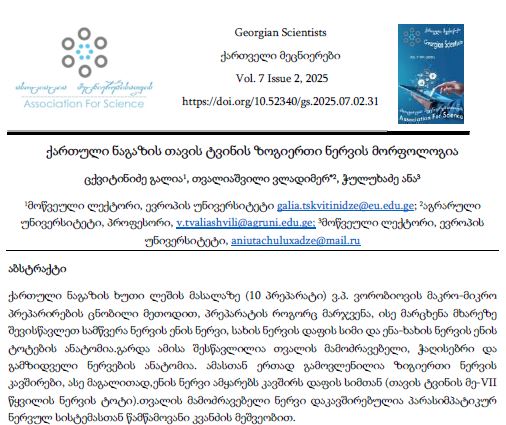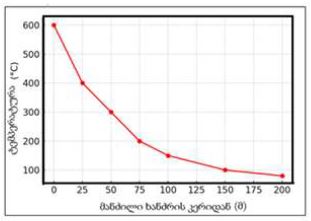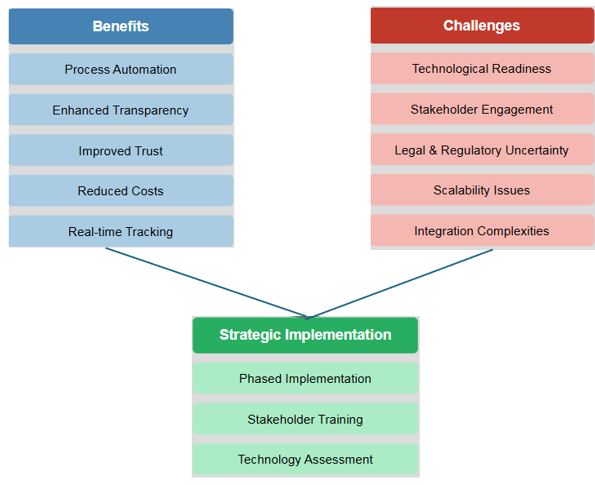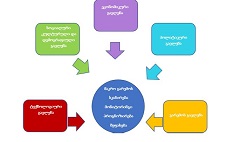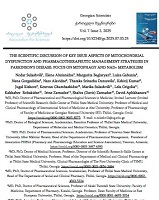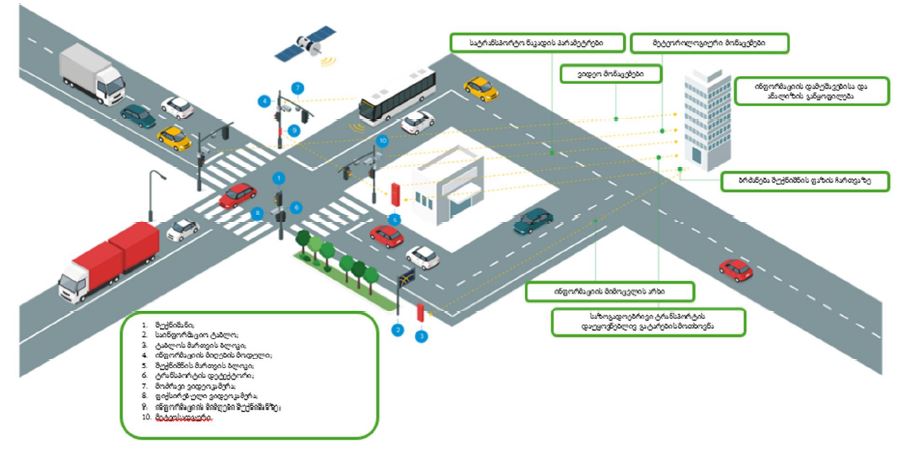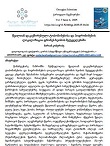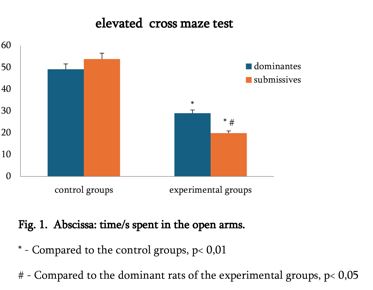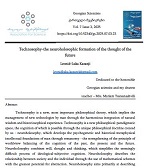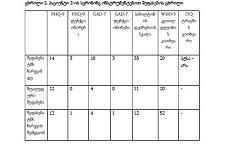Bioethical approaches in simulation teaching
Downloads
The paper discusses the main issues and bioethical approaches that should be taken into account during simulation teaching. It is important to know the basic principles of the special Code of Ethics builds upon the fundamental values and practices expressed by the United Nations Development Program and other professional associations. During simulation training in medical education, it is important to note that it is one of the additional methods in medical education and "can never replace clinical practice." In medical education, the goal, the target audience, should be clearly defined in order to answer specific questions using role play. It is also discussed why simulation teaching is based on "ethics and bioethics", on which the effectiveness of teaching depends. The role of the standardtised patient and consideration of ethical principles in the relationship with them are also discussed.
Downloads
ენციკლოპედიური ლექსიკონი-ეთიკის და ბიოეთიკის განმარტებისათვის http://www.nplg.gov.ge/gwdict/index.phpa=term&d=5&t=5852
CASE METHOD AND SIMULATION IN BIOETHICS. M.T. Lopez de la Vieja, 2014; pp. 4915-4921; 8th International Technology, Education and Development Conference. Dates: 10-12 March, 2014; Location: Valencia, Spain
Chen RP. Moral imagination in simulation-based communication skills training. Nurs Ethics 2011; 18:102- 11.
Healthcare Simulations Code of Ethics. Code of Ethics Working group. Supported by SSH (Society for Simulation in Healthcare), published 2018, 12.02. ssih.org/Code-of-Ethics
Issenberg SB, McGaghie WC, Petrusa ER, Lee GD, Scalese RJ. Features and uses of high-fidelity medical simulations that lead to effective learning: a BEME systematic review. Med Teach 2005; 27:10–28.
Lerner S, Magrane D, Friedman E. Teaching teamwork in medical education. Mt Sinai J Med 2009; 76:318- 29.
Motola I, Devine LA, Chung HS, Sullivan JE, Issenberg SB. Simulation in healthcare education: a best evidence practical guide. AMEE Guide No. 82. Med Teach 2013;35:1511-30.
Pinar G, Peksoy S. Simulation-based learning in healthcare ethics education. Creative Education 2016; 7:131-8.
Pott, L. (2008). The invisible standardized patient. In R. R. Kyle & W. Murray (Eds.), Clinical simulation: Operations, engineering and management (pp. 379-383). New York: Elsevier, Inc.
Principles of Clinical Ethics and Their Application to Practice. Basil Varkey . Med Princ Pract 2021;30(1):17-28. DOI: 10.1159/000509119
Simulation: a new approach to teaching ethics.Margaret Buxton, Julia C Phillippi, Michelle R Collins ;J Midwifery Womens Health. 2015 Jan-Feb;60(1):70-4. doi: 10.1111/jmwh.12185. Epub 2014 Aug 20.PMID: 25141791
Smith, A. B, Lammers, S. E. The ethics of simulation. In: Defining excellence in simulation programs. Philadelphia, PA: Wolters Kluwer; 2014. p. 592-596.
Tritrakarn P, Berg BW, Kasuya RT, Sakai DH. Medical school hotline: Can we use simulation to teach medical ethics? Hawaii J Med Public Health 2014;73:262-4.
Ziv A, Wolpe PR, Small SD, Glick S. Simulation-Based Medical Education: An Ethical Imperative. Acad Med 2003; 78:783–8.
Copyright (c) 2024 Georgian Scientists

This work is licensed under a Creative Commons Attribution-NonCommercial-NoDerivatives 4.0 International License.









